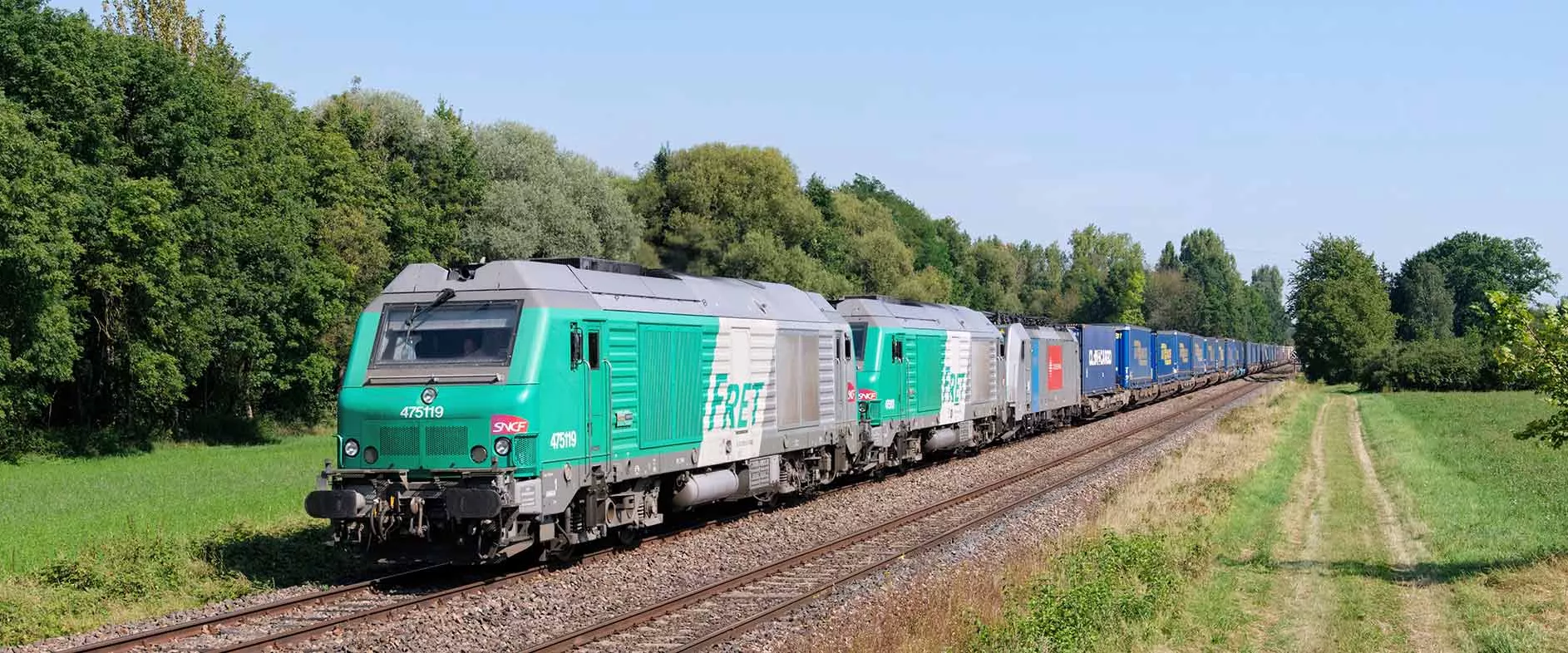
16,000 trucks avoided thanks to Franco-German cooperation
To avoid a modal shift to road transport, the Rail Logistics Europe teams organized mid-August the diversion of hundreds of freight trains from Germany to France. We’re taking a look back at this special operation with Benoît Fischer, Director of Projects and Methods at Captrain France.
Fine-tune your content
Short versionBetween August 9 and 30, 2024, an exceptional service was put in place on the Strasbourg - Lauterbourg line to allow freight trains diverted due to construction work on the German railway network to pass through France. This diversion operation was successful thanks to the involvement of a dozen different railway stakeholders, and it demonstrated the importance of cooperation as well as the resilience of freight. Benoît Fischer, Director of Projects and Methods at Captrain France, explains to us how this special railway production was made possible.
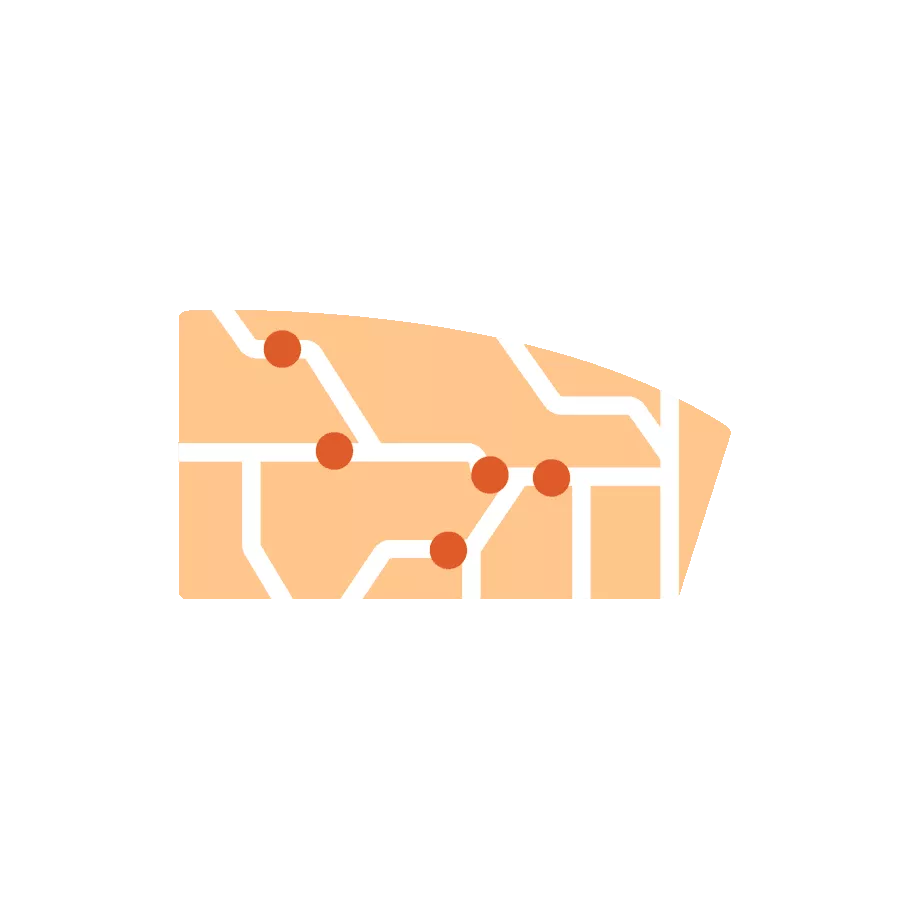
478
traffic diversions were made possible

100
tons of CO2 were saved
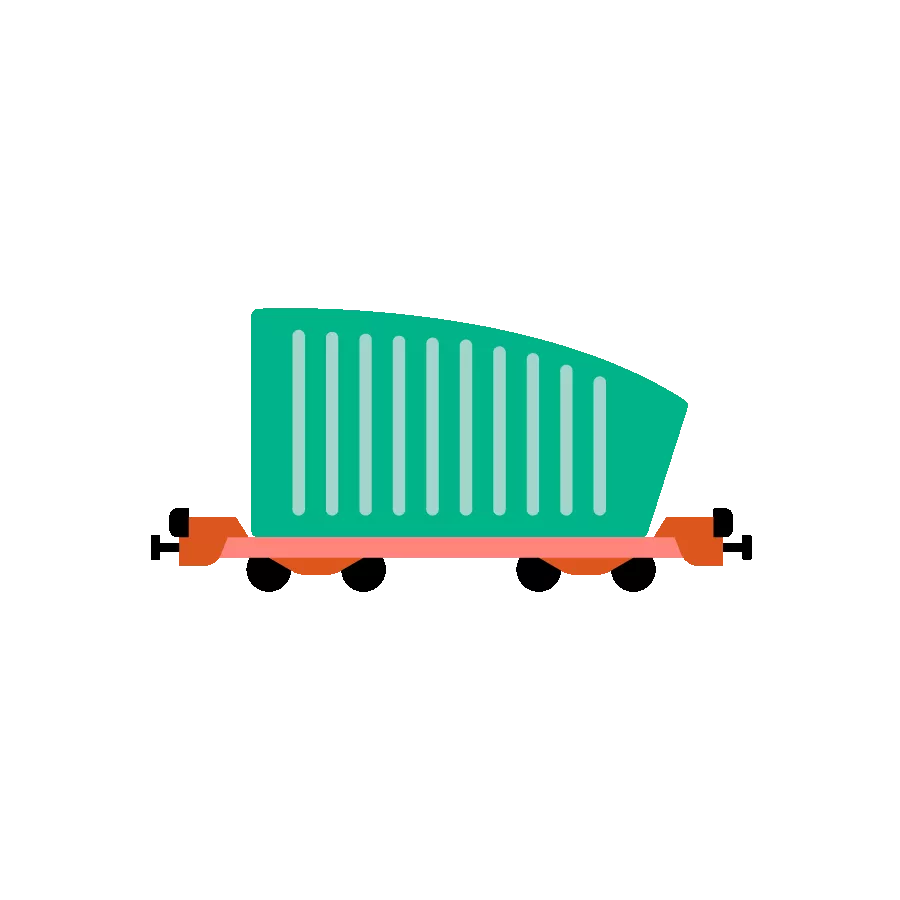
16,000
trucks were avoided
Why was this diversion operation launched?
The German railway network had long planned to carry out work at Rastatt station, on the other side of the border, in order to install a new signal box and secure the track and tunnels. Traffic was therefore going to be cut off on both tracks of the line for three weeks, and it was up to DB Infrago, the manager of the German railway network, to find solutions to divert freight trains usually running in Germany via France, on the Strasbourg-Lauterbourg line.
How many trains were concerned?
Approximately 200 freight trains run on this route every day. Our first option was to divert the trains on German soil. However, this did not allow for the transport of P400 semi-trailers, nor could it absorb the entire capacity of the diverted trains. Therefore, we had to find a second route, and thus we came up with the solution of passing through Lauterbourg. Ultimately, 50% of the scheduled trains were canceled, 25% ran via the route in Germany, and 25% ran in France.
How long did it take to prepare this operation?
The Germans started preparing it three years ago, and we have been coordinating the project for a year and a half, or even two years. They decided to set up a shuttle train to connect Wörth-am-Rhein and Offenburg. Thus the German railway companies were still responsible for their trains up to Wörth-am-Rhein and up to Offenburg; in the middle, two railway companies had to be found to route the trains between these two points.
And so a French company had to be involved…
One that would have to work hand in hand with the German company, indeed.The first challenge was to find railway operators willing to take responsibility for these trains on this segment. On the German side, it was SBB Cargo International, with its subsidiary SBB Cargo Deutschland, that accepted, notably because one of its shareholders, Hupac, had a significant number of trains affected by this diversion. And for good reason, it is the leading intermodal carrier in Europe. On the French side, the European Commission and the French Department for Infrastructure, Transport and Mobility asked the SNCF group to make a proposal. Frédéric Delorme, the CEO of Rail Logistics Europe, committed to it. In total, eleven companies were involved, not counting the French and German railway infrastructure managers, i.e. SNCF Réseau, and DB Infrago.
How many people were involved?
Eighty people were involved in the production of the shuttle on the German side. This means that during the peak summer period, we had to find 11 locomotives, 33 drivers, 3 ground agents, and operational supervisory staff. However, no railway company has 33 drivers available in the middle of August. So different companies had to join forces in order to find the necessary personnel for this operation. Since Rail Logistics Europe does not have a safety certificate, the decision was made to operate the trains under the safety certificate of Captrain France. However, within RLE, Fret SNCF and Captrain Deutschland also collaborated.
How did this Franco-German cooperation work out?
Regular preparatory meetings were held between the entities, with a steering committee under the leadership of RLE's industrial management. We then organised regular feedback sessions during the period, driven by the desire to meet this logistical challenge. During the preparatory phase, conversations flowed smoothly. Fortunately, because we had to settle a number of technical issues.
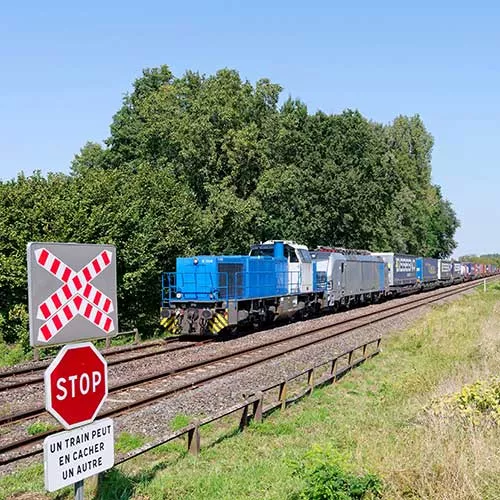
Which technical issues?
Since German electric locomotives are not authorized in France, we used the procedure for transporting rolling stock, and we ran them at the end of the train, which is unusual. What’s more, they ran under a special transport notice, which had many constraints, but we managed to streamline rail trafic and divert the trains via Hausbergen.
Why did you have to divert the trains?
During peak hours, we couldn't pass through Strasbourg station, so we had to do a turnaround, i.e. change the side of the locomotive, in order to continue the journey. SNCF Réseau also had to adapt. For example, the line between Lauterbourg and Strasbourg is usually closed at night. It had to be opened to allow the freight trains to run.
So these were inserted in the traffic…
During this period, we ran as many freight trains as passenger trains on the line. This drew reactions from local residents, who suffer from the lack of trains running on this line due to its dilapidated state. But this was a three-week blitz operation. The Alsace infrastructure division had prepared the line by advancing maintenance operations so they would take place before the diversions. Additionally, security had to be reinforced to guarantee the safety of pedestrians as in some places, they have to cross the railway tracks at these stations. Not to mention the level crossings without barriers. Therefore, SNCF Réseau ran communication campaigns beforehand, through the press, radio, or flyers, in order to raise awareness among residents about exceptional night rail traffic during these three weeks. Fortunately everything went well.
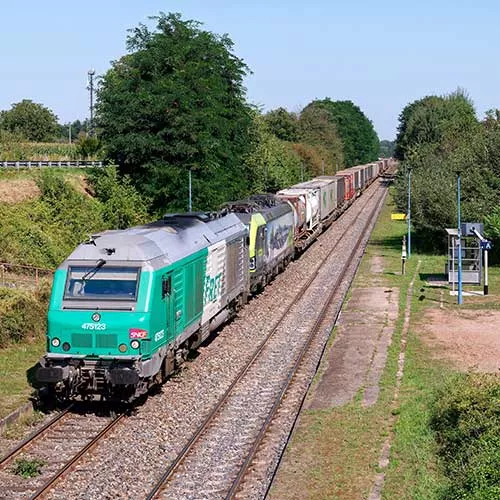
How were interoperability issues resolved?
We used locomotives equipped with both safety systems: PZB1 and KVB2. It was crucial that this system be active and maintained. For reasons related to the cost of maintenance, we do not always maintain the German system over time. So Fret SNCF had to restore this system on some locomotives. Finally, we harmonized the rules for train composition and braking.
How did the train drivers work?
French and German drivers always stayed in pairs in the locomotive. Despite the language barrier, they understood each other well, which shows that railways are a universal language. This human dimension was very strong, from the preparation to the execution of the project. The teams were up to the task; they did their utmost to run these trains, despite significant delays.
What lessons can we learn from this operation?
It's a success for several reasons: everyone among the teams is happy to have experienced something different. And we avoided having 16,000 additional trucks on the road thanks to this operation. It is testament to the fact that great things can be achieved when all railway companies, including competitors, mobilize, look for solutions together, and work hand in hand with infrastructure managers. This project just proved how resilient freight transport is.